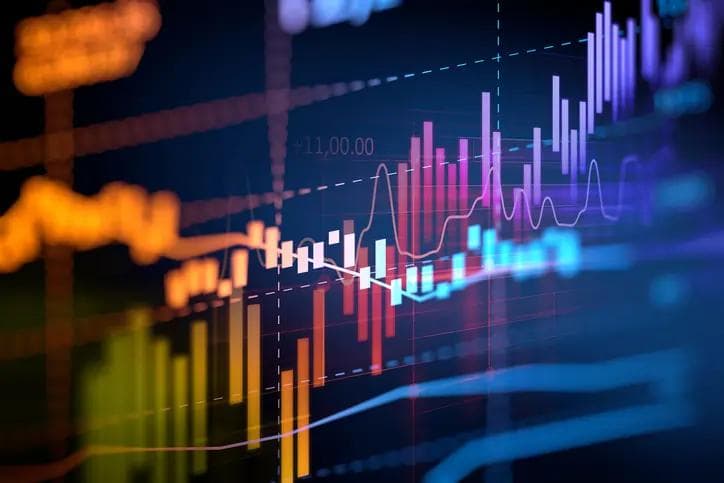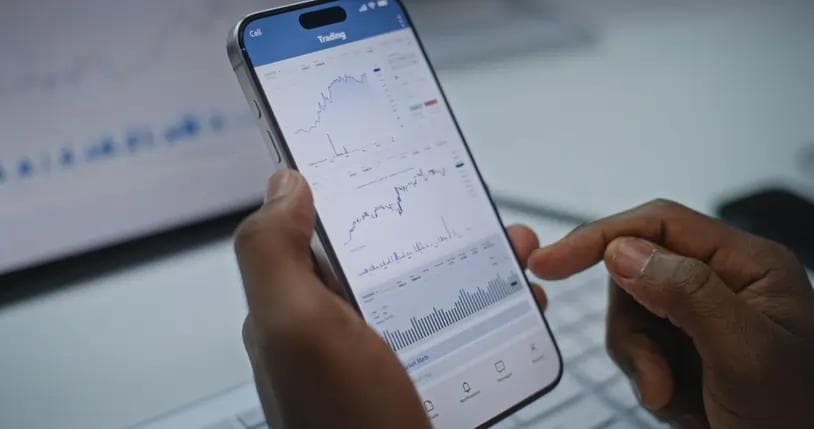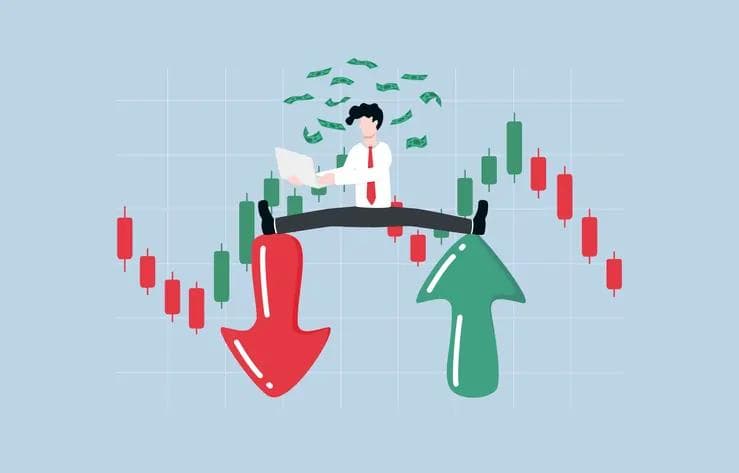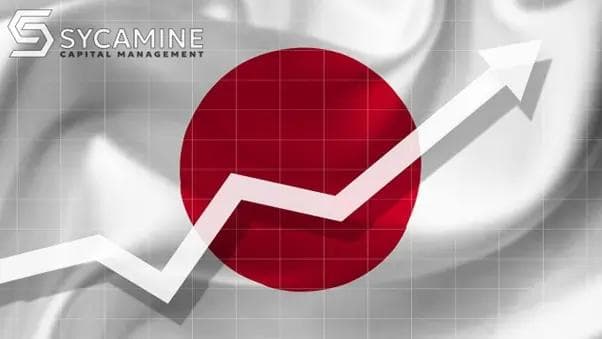The Intricate Dynamics of Trading Volumes and Market Volatility
The Intricate Dynamics of Trading Volumes and Market Volatility
Published by Wanda Rich
Posted on June 19, 2024

Published by Wanda Rich
Posted on June 19, 2024

The Intricate Dynamics of Trading Volumes and Market Volatility
By: Akhil Khunger
In the financial market, understanding the relationship between trading volumes and market volatility is crucial for investors and traders alike1. The intricate dynamics between these two key factors were analyzed, revealing surprising insights that challenge conventional wisdom.
The study, which examined data from 2007 to 2023, spanning various economic conditions, including the 2008-2010 recession, the COVID-19 pandemic, and the current era of rising interest rates, uncovered a significant correlation between trading volumes and market volatility, typically gauged by the Chicago Board Options Exchange (CBOE) Volatility Index (VIX).
The Surprising Disconnect at Lower Volatility Levels
One of the most intriguing findings was the lack of a discernible relationship between trading volumes and volatility at lower volatility levels. This suggests that other market factors may influence trading activity when the market is relatively stable.
However, the story changes dramatically when volatility rises. At higher levels of volatility, trading volumes remain consistently high and are primarily influenced by changes in volatility, underscoring the dominant impact of market factors during turbulent times.
Diving into the Data
For this comprehensive analysis, daily trade data was sourced from CBOE, a reputable and publicly available data provider2. The data encompassed information from various trading exchanges, such as the New York Stock Exchange (NYSE) and NASDAQ, providing a comprehensive view of total daily trading volumes.
Daily VIX data from CBOE was also gathered, with the highest VIX observed in the day as a critical indicator of market volatility3.
The data analysis was divided into five parts to study the relationship between trading volumes and market volatility across different scenarios. The first part covered instances where the VIX was less than 75% (24.6), the second part included VIX between 75% and 90% (32.153), the third part covered VIX between 90% and 95% percentile (39.846), the fourth part covered VIX between 95% and 99% percentile (64.89), and the final part focused on instances where VIX was over 99% percentile, with the maximum VIX at 89.53.
Key Findings: Daily Data
The analysis revealed a positive correlation of 56% between volatility and volumes overall, with a correlation of 29% at the day-to-day change level.
However, varying correlations emerged when the volumes were split based on different VIX levels. At lower VIX levels (<75th percentile), the correlation was 43% at the level and 21% for day-to-day changes. As VIX increased, the level correlation decreased, but the day-to-day change correlation increased, reaching 48% at the highest VIX levels (>99th percentile).
Correlation Level DtD change <75% ile 43% 21% 75-90% ile 18% 19% 90-95% ile 11% 27% 95%-99% ile 32% 34% >99% ile 47% 48%
A more significant indicator of changes in market conditions is the correlation between the day-to-day change in trading volumes and the VIX. This is because it accounts for changes in volatility. The data indicates that as the level of volatility increases, the correlation between day-to-day volume changes and VIX also increases, particularly at higher levels of volatility.
Interestingly, government interventions during the COVID-19 pandemic in 2020 resulted in increased volatility followed by increased volumes, leading to a weaker relationship during this period.
Historical data analysis also revealed that out of 178 instances where volatility increased significantly (by more than two standard deviations), 84 of them also had a significant increase in trading volume (using a lower one standard deviation threshold for volume).
Monthly Data Insights
Monthly data analysis from 2008 showed that the overall correlation remained consistent at 64% (compared to 56% with daily data). However, the Month-to-Month change correlation was significantly higher at 60% (compared to 29% with daily data).
This higher correlation at the monthly level suggests that the impact of volatility changes on volumes during certain periods can be delayed by a few days. This finding presents an opportunity for traders and investors, as incorporating volatility into trading strategies could prove beneficial, particularly for medium-term investments with monthly rebalancing. At the same time, it may not yield the same results with daily rebalancing.
Conclusion
The analysis of trading volumes and market volatility has revealed a complex and dynamic relationship that varies depending on the market’s level of volatility. While volatility can be a useful tool for predicting trading volumes and creating effective trading strategies, its importance in an overall trading strategy depends on the prevailing market conditions.
During periods of low market activity, it is crucial to consider multiple factors when making predictions. However, sudden and extreme changes in market volatility can create opportunities for substantially increased trading volumes due to the fear that can arise in the market.
Moreover, when using volatility as a broad indicator, it may be more effective to use it for slightly longer-term signals, such as monthly, as signals may be weak for day trading unless the increase in volatility is significant.
As investors and traders navigate the ever-changing landscape of financial markets, understanding the intricate dynamics between trading volumes and market volatility can provide valuable insights for making informed decisions and developing successful trading strategies.
Reference:
About the Author
Photo Courtesy of Akhil Khunger
Akhil Khunger is a seasoned professional in financial engineering and risk management. He currently serves as a QA financial modeling specialist at Barclays. With over a decade of experience, he has held significant roles at institutions like Citibank and HSBC. Khunger developed an implementation system that transforms the Comprehensive Capital Analysis and Review (CCAR) production process by automating stress-testing methodologies, reducing production time from two weeks to a single day.
His expertise in time series analysis and statistical modeling has led to the creation of sophisticated financial models that enhance forecasting accuracy and operational efficiency. Khunger’s thought leadership is evident in his published articles on the future of financial engineering. He holds advanced degrees in financial engineering from UC Berkeley and financial mathematics from the London School of Economics.
Explore more articles in the Investing category











